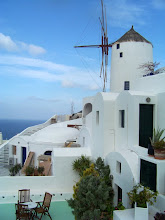
I watched Hitchcock's Rope (1948) recently. It is famous for its long take in film history. I cited it when doing my thesis on Playtime. Now I feel more eligible talking about it. Rope is constituted by only 8 shots, each running the full length of a reel of film. Without the limit of film length at that time, it could have used one continuous shot, like Russian Ark (2002) with one 96-min take unedited.
The way Hitchcock connects the shots almost seamlessly is that: he ended each shot by showing the back of a person or zooming into an object. Then he started the next one by shooting the same position. The whole story happens in one apartment. So there is only one scene, one shot (theoretically). But it never gets boring. As a skillful story-teller, Hitchcock successfully creates the tension throughout the film.
Long take is the opposite of Eisenstein's montage. By doing montage, film establishes rhythm, tension, metaphor through the juxtaposition of images and sound. Like words in literature, colors and lines in painting, montage (the composition of image and sound) is the reconstruction of time and space, thus the essential in filmmaking. In this sense, long take is anti-filmmaking since it tells the story in real-time. At the same time, it is a more difficult means in filmmaking 'cause it avoids editing, the natural skill to make a film film-like. Doing long take requires the filmmaker's ability to oversee the whole picture, like doing urban-planning. Unlike architects who can revise design and add details in later process, the filmmaker has no opportunity to prettify his work during post-production in such case.

No comments:
Post a Comment